Have you ever been to a huge music festival like Lollapalooza or Tomorrowland and heard an amazing song, but couldn’t understand the words? You’re not alone. Music brings people together, but language can sometimes get in the way. That’s where translating song lyrics comes in. Whether you want to sing along, understand the story behind the music, or share it with friends, learning how to translate lyrics opens up a whole new world of musical connection.
In this guide, we’ll walk through several easy and effective ways to translate song lyrics. From high-tech apps to simple websites, there’s something for everyone. Let’s dive in!
Why Festivals Make Us Want to Translate Lyrics
Big international festivals like Lollapalooza Berlin and Tomorrowland gather crowds from all over the world. The energy is electric, the music is powerful, and you often hear songs in languages you don’t know. After the event, you might find yourself searching for those tracks, eager to understand what the lyrics mean.
Maybe you want to make a video recap, a lyric cover, or just enjoy the song on a deeper level. This is where translation tools become super helpful. One standout option is CapCut online video editor. It doesn’t just help you translate—it also lets you create stunning videos with translated lyrics, cool effects, and professional touches.
Here’s what makes CapCut special:
- Automatic lyric sync: Matches lyrics to the beat automatically.
- Multi-language support: Translate into 24+ languages.
- Font and style customization: Change colors, fonts, and animations.
- Audio editing tools: Adjust speed, pitch, add fade effects, and more.
- Voice effects: Fun filters like robot or echo.
- Easy sharing: Export and share directly to TikTok, Instagram, and more.
Let’s see how you can use CapCut to translate lyrics step by step.
How to Translate Lyrics with CapCut
-
Upload your file
Drag and drop your audio or video into CapCut’s editor. You can also upload from your device or cloud storage.
-
Generate and translate lyrics
Click on “Captions,” then choose “Auto lyrics.” The tool will detect the lyrics in your song. Hit “Generate,” and within seconds, you’ll see the text. Then, click the translate button to convert the lyrics into your preferred language.

You can also manually fine-tune the lyrics, adjust timing, change fonts, or add animations.
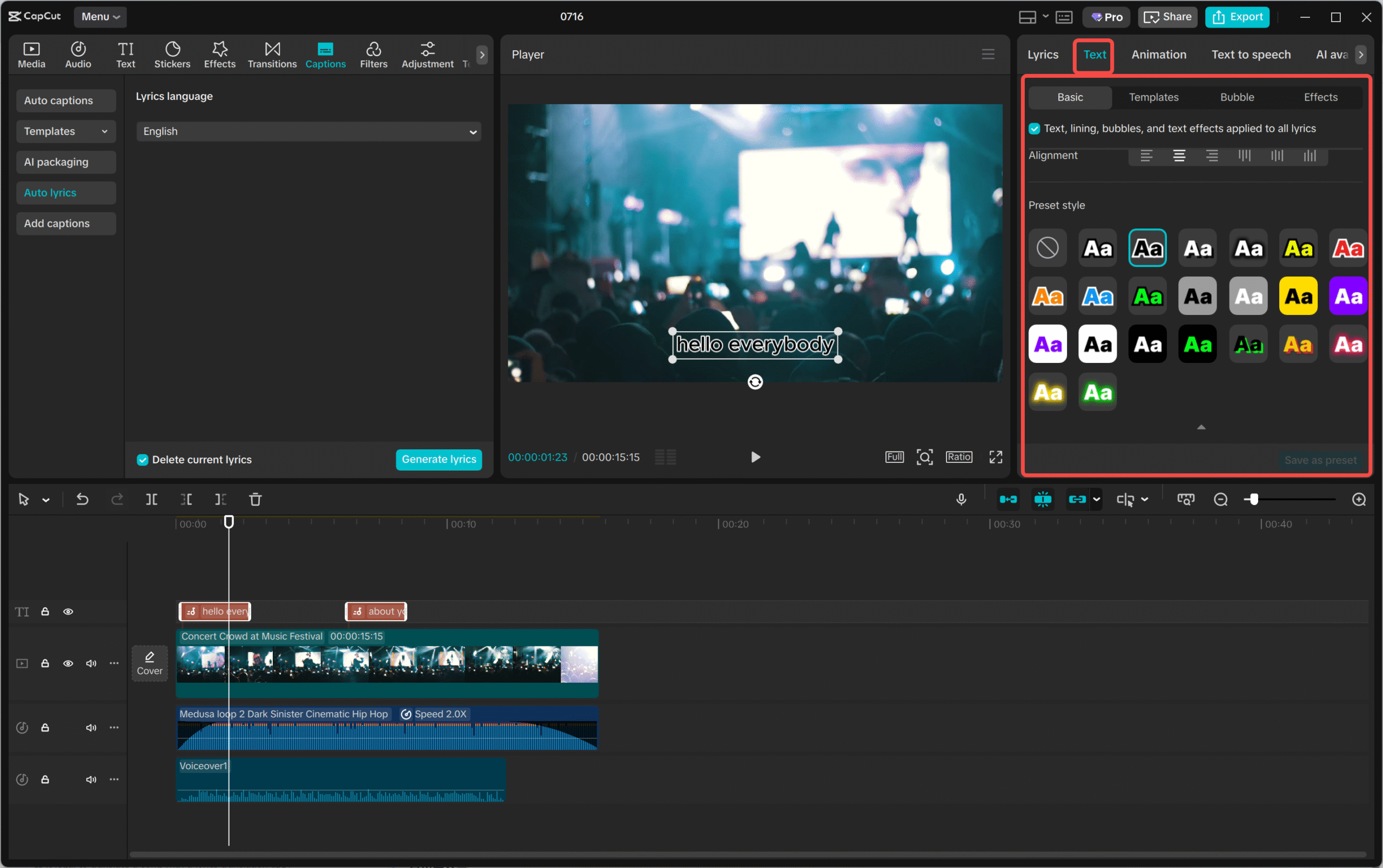
-
Export your creation
Once you’re happy with the video, export it in high quality (up to 4K). You can save it to your device or share it online via link.
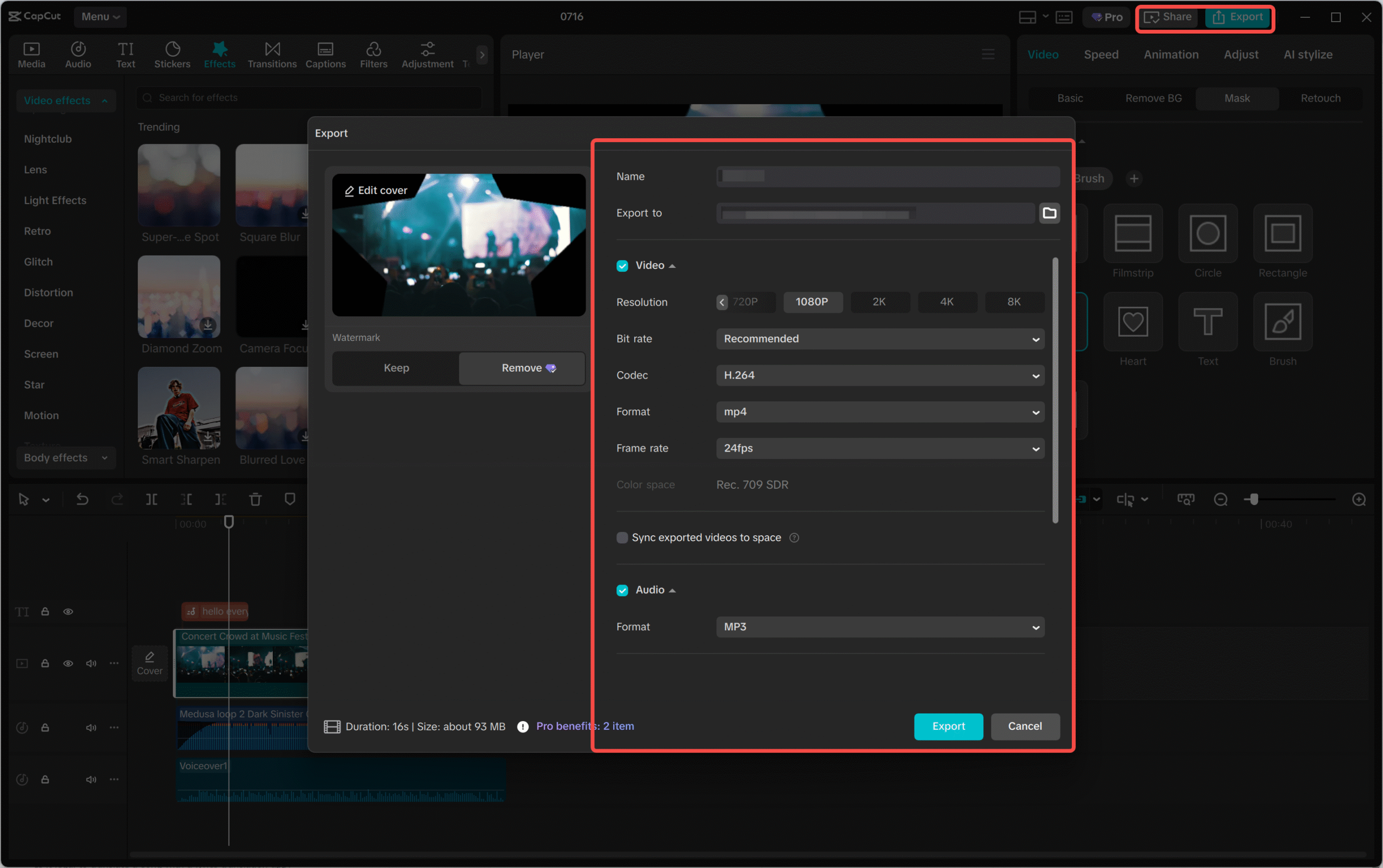
Pros of CapCut:
- Fast and accurate translations
- Supports 100+ languages
- No download required (online version)
- Tons of editing features
Cons:
- Requires internet connection
CapCut — Your all-in-one video & photo editing powerhouse! Experience AI auto-editing, realistic effects, a huge template library, and AI audio transformation. Easily create professional masterpieces and social media viral hits. Available on Desktop, Web, and Mobile App.
Using Google Translate for Song Lyrics
Google Translate is a classic tool that almost everyone has used. It’s free, works on phones and computers, and can translate text, voice, and even images.
Let’s say you heard a Spanish song at a festival and want to translate it into English. Here’s how:
Text Translation
Look up the lyrics online, copy them, and paste into Google Translate. Select the original language and target language, and you’ll get an instant translation.
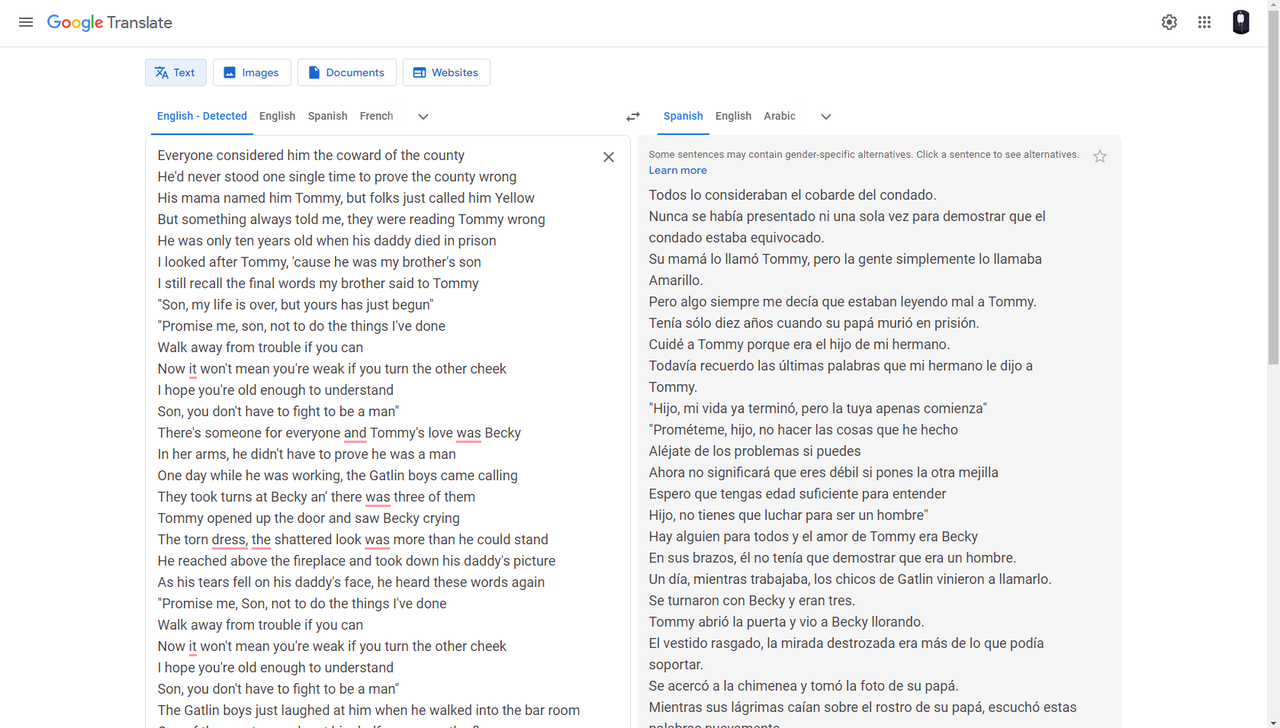
Audio Translation
Open Google Translate on your phone, tap the microphone icon, and play the song. The app will convert the audio to text and then translate it.
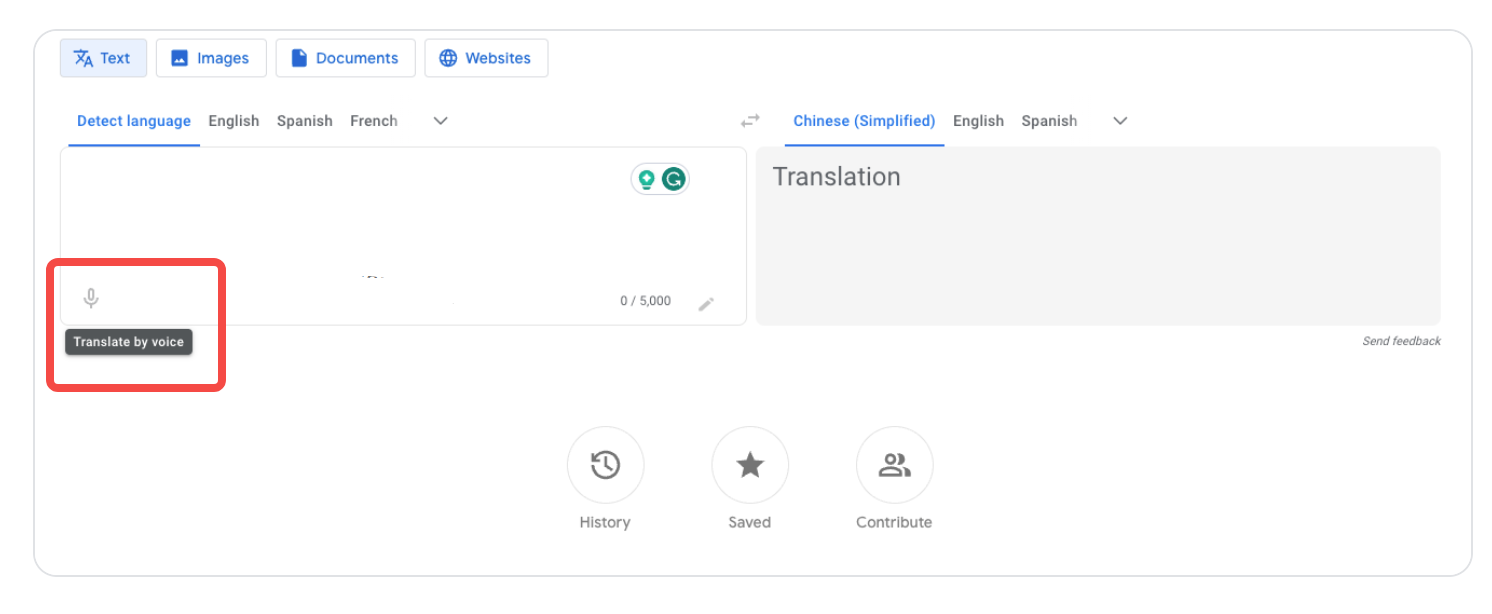
Image Translation
Take a picture of the lyrics (from a screen or book), then use Google Translate’s image mode to translate them.
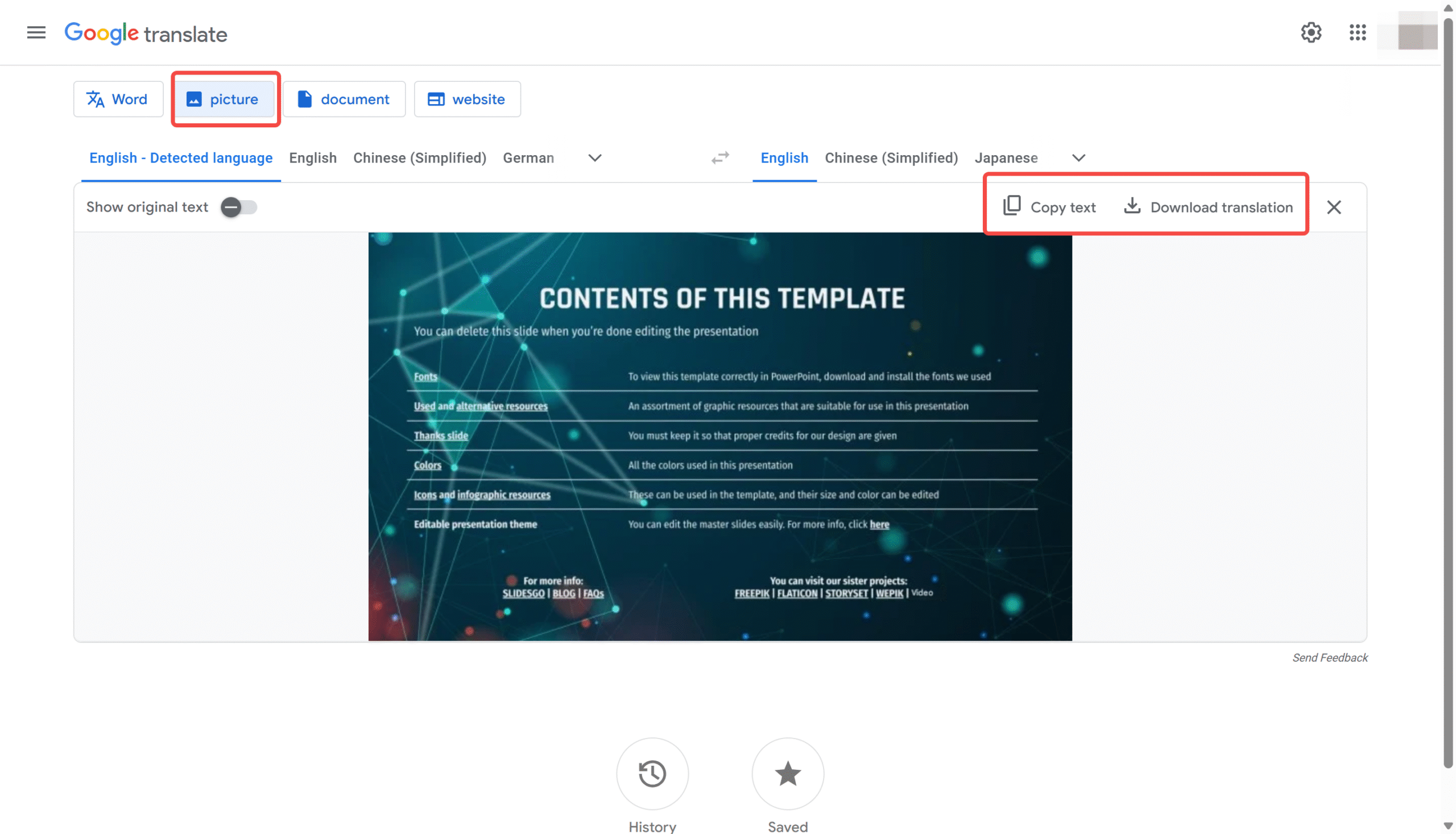
Pros of Google Translate:
- Quick and easy
- Works offline (with some features)
- Supports 80+ languages
Cons:
- Not always perfect
- You need to find the lyrics first
Translating Lyrics on YouTube
YouTube isn’t just for watching videos—it’s also a great place to discover music and translate lyrics. Many music videos come with built-in subtitles that can be auto-translated.
Here’s how:
- Find the music video on YouTube.
- Click the CC (closed captions) button.
- Click Settings → Subtitles/CC → Auto-translate, and choose your language.
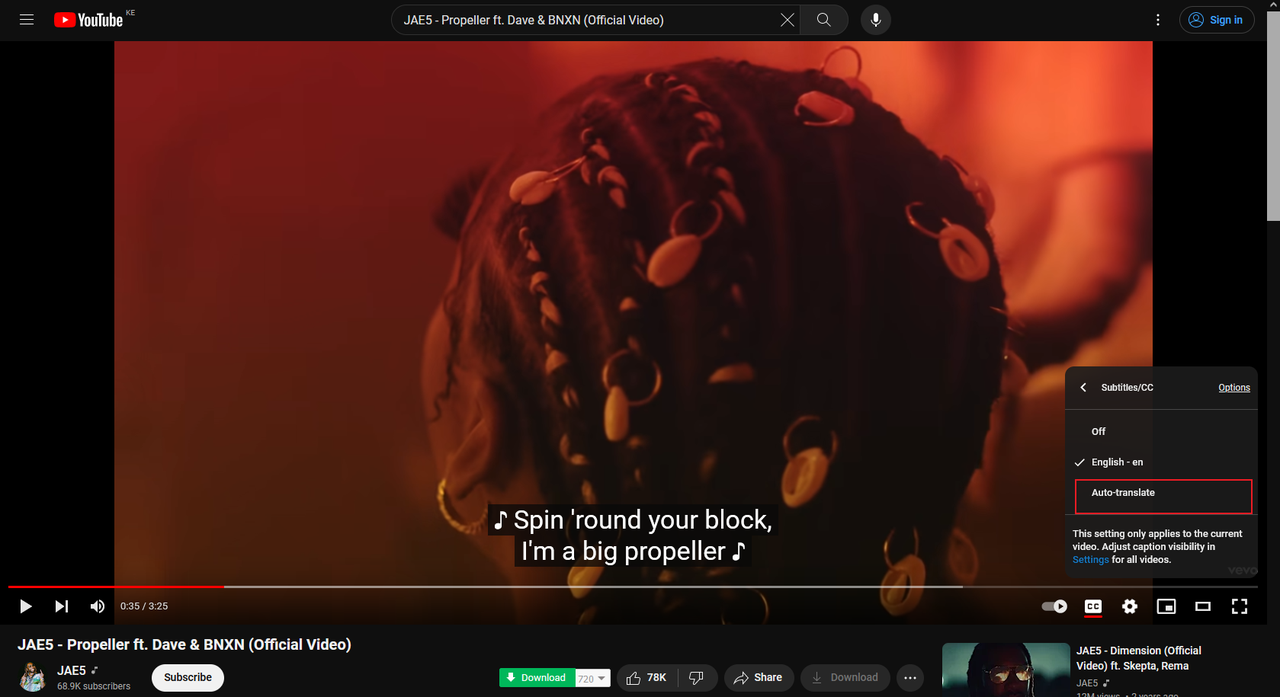
Pros of YouTube translation:
- Simple and built-in
- Supports many languages
- No extra tools needed
Cons:
- Translations can be robotic
- Not all videos have captions
How to Translate Song Lyrics on Spotify
If you use Spotify, you might already know it has a lyrics feature. But did you know you can translate those lyrics too?
Here’s how:
- Play a song on Spotify and click the lyrics icon at the bottom.
- If you have the Lyrics Translator extension, you can select a language to translate into.
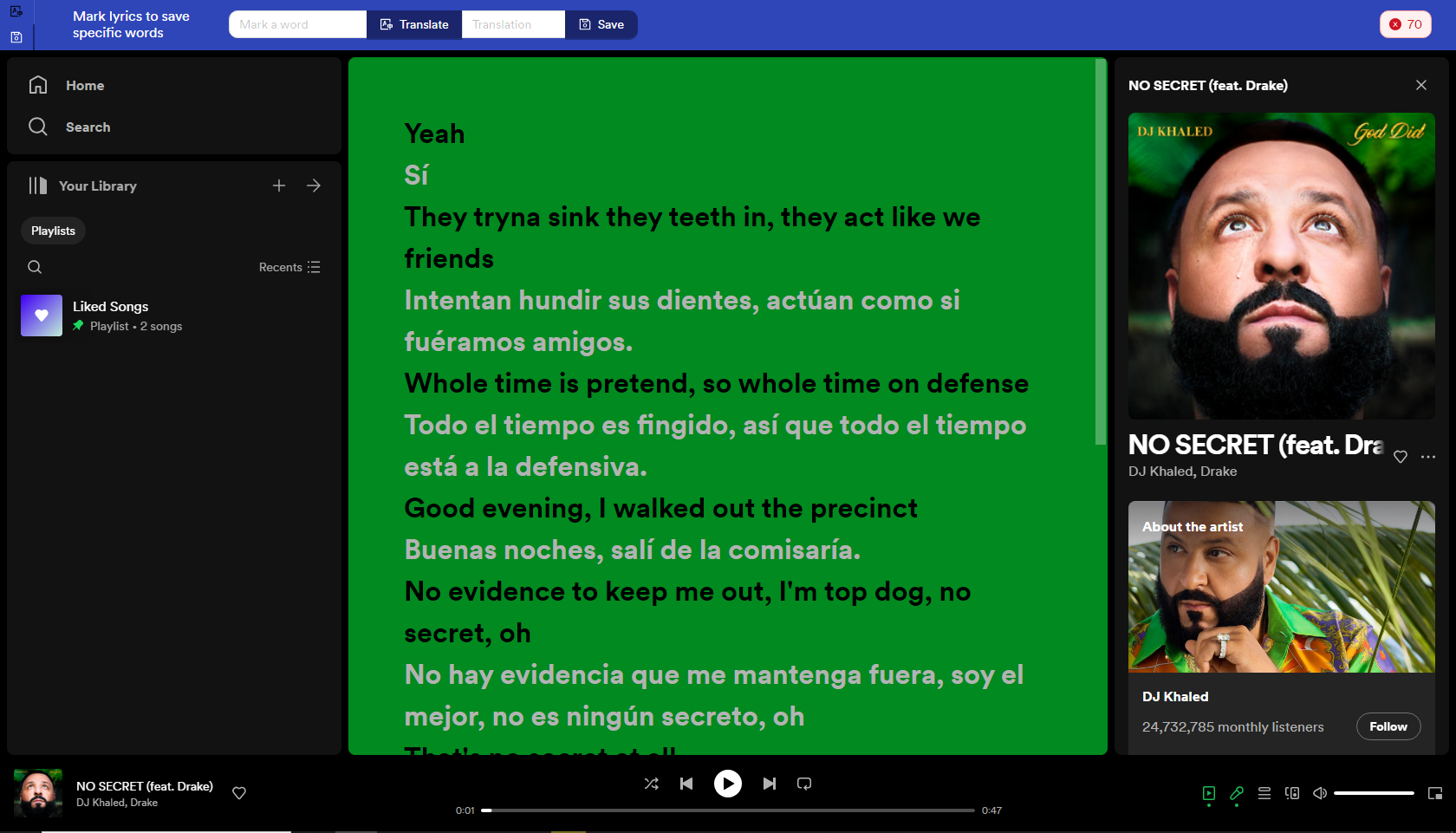
Pros of Spotify translation:
- Integrated with music playback
- Accurate for popular songs
- Can translate word by word
Cons:
- Paid feature in some cases
- Requires a browser extension
Finding Existing Lyrics and Translations Online
Sometimes, you don’t need to translate lyrics yourself. Many websites already have translated versions ready to go.
Sites like Lyrics Translate, Genius, and LyricsTraining offer line-by-line translations for thousands of songs. For example, if you want to translate Spanish lyrics to English, just search for the song, and you’ll often find both the original and translated text.
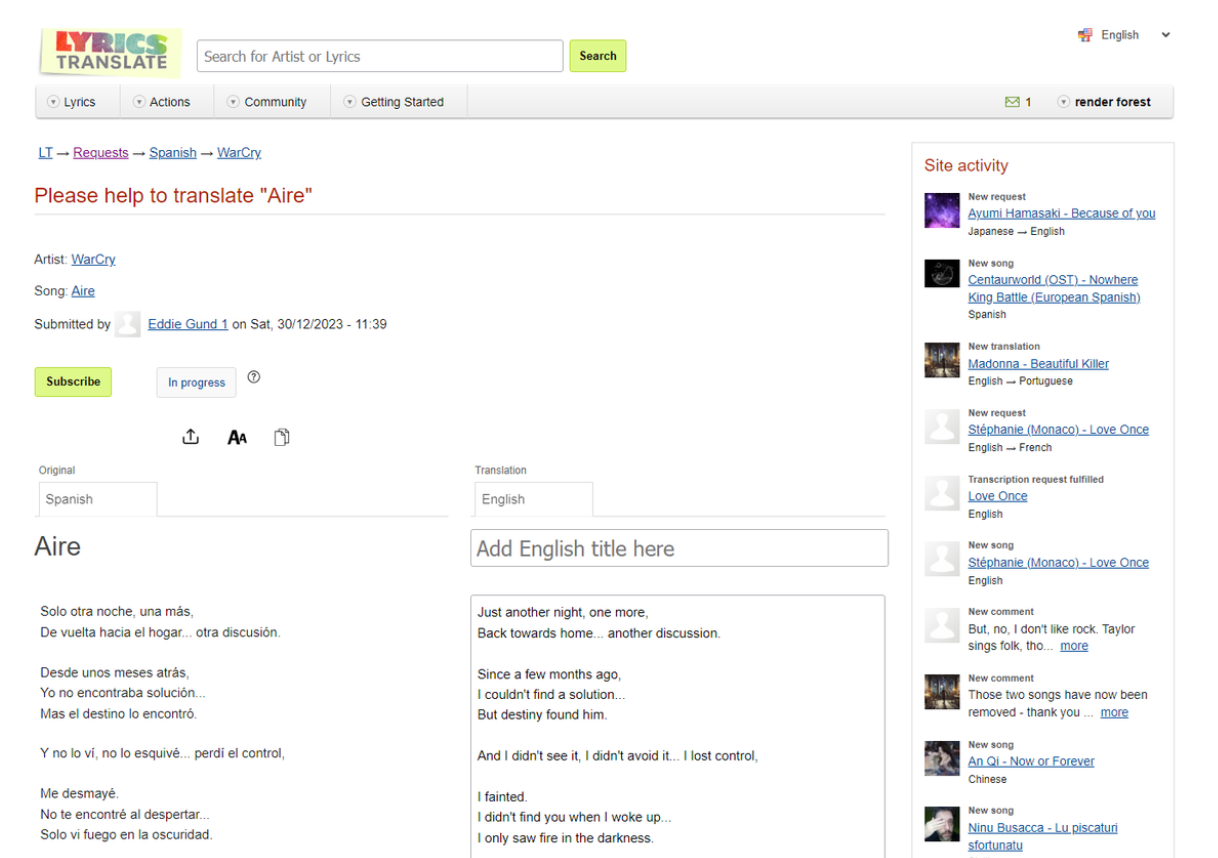
Pros of lyrics websites:
- Instant results
- Often include cultural notes
- Free to use
Cons:
- Quality varies
- Less common languages may not be available
Wrapping Up
Translating song lyrics is a fun and rewarding way to connect with music from around the world. Whether you use Google Translate for quick help, YouTube for built-in captions, Spotify for integrated lyrics, or dedicated sites for ready-made translations, there’s a method that’ll work for you.
For the best overall experience—especially if you’re making videos—CapCut is a fantastic choice. It combines accurate translation with powerful editing tools, making it easy to create and share content that resonates across languages.
CapCut — Your all-in-one video & photo editing powerhouse! Experience AI auto-editing, realistic effects, a huge template library, and AI audio transformation. Easily create professional masterpieces and social media viral hits. Available on Desktop, Web, and Mobile App.
So go ahead—explore, translate, and enjoy music like never before!
Frequently Asked Questions
What’s the easiest way to translate Spanish lyrics to English?
You can use Google Translate for quick text translations, or try CapCut if you want to make a video with translated lyrics. CapCut supports over 100 languages and lets you edit the results for better accuracy.
How do I keep the original meaning of the song when translating?
Using a tool like CapCut helps because it provides word-for-word translation, and you can manually adjust the lyrics to match the song’s emotion and context.
Is it legal to translate song lyrics?
For personal use, yes. Translating lyrics for yourself or small-scale sharing is generally fine. If you’re using them in commercial projects, though, it’s best to credit the original artist to avoid copyright issues.
Some images used in this article are sourced from CapCut.
 TOOL HUNTER
TOOL HUNTER 



